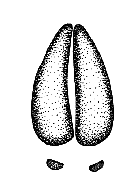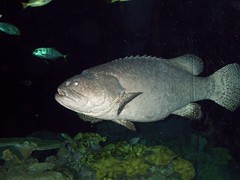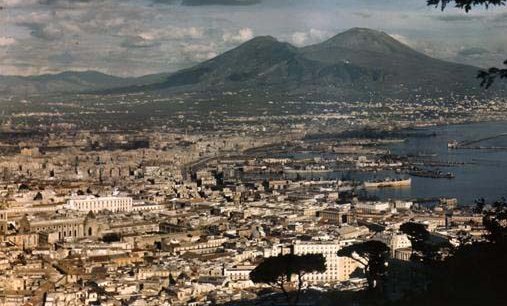
During the Great War, 256 000 horses, mules and donkeys were killed, or died of disease, whilst serving their country. The animals were used for for transporting food, water and ammunition to the front line and for carrying artillery beyond the line, in to the face of heavy fire.
The loss of life was so heavy that in 1916, the British Government introduced compulsury purchase orders for horses , many thousands of pet and farm horses were seized and taken to the foreign battlefields. Horses continued to die in huge numbers. Many drowned in the mud, were shot or hit by shells (they were bigger targets), others died of sheer fatigue.
A most heart-wrenching account of a draught animal's plight was recorded by Lieutenant R G Dixon, 14th Battery, Royal Garrison Artillery:
"Heaving about in the filthy mud of the road was an unfortunate mule with both of his forelegs shot away. The poor brute, suffering God knows what untold agonies and terrors, was trying desperately to get to its feet which weren't there. Writhing and heaving, tossing its head about in its wild attempts, not knowing that it no longer had any front legs.
I had my revolver with me, but couldn't get near the animal, which lashed out at us with its hind legs and tossed its head unceasingly. Jerry's shells were arriving pretty fast – we made some desperate attempts to get the mule so that I could put a bullet behind its ear into the brain, but to no avail...The shelling got more intense – perhaps one would hit the poor thing and put it out of its misery." (Source)
In March 1918, the British launched a cavalry charge at the Germans. Out of 150 horses used in the charge only 4 survived. The rest were cut down by German machine gun fire.
At the end of the war, the animals who remained were not treated with the dignity and gratitude they deserved. Many good qualiy horses remained with the army, the 'standard' and 'poor quality' animals were either auctioned off at rock-bottom prices or sold to French butchers, a terrible fate given the services these brave beasts had performed. Instead of an honourable retirement they were slaughtered for their meat or worked to death in farms, mills and factorys.
In 1934, 16 years after the war had ended Mrs Brooke - based in Cairo, Egypt, with her husband Brigadier Geoffrey Brooke - was horrified to discover that, at the end of the war, the once proud cavalry stock were abandoned. Old, decrepit and wounded from the battlefield they were handed over to gharry drivers into a daily grind of poverty and suffering. She founded the Hospital for Old War Horses, now known as the Brooke Foundation 60 years later, the London-based charity operates hospitals in Egypt, Pakistan, India and Jordan.
The author signs of for now, saddened at the scant regard humankind gave to the animals who served them so well.








